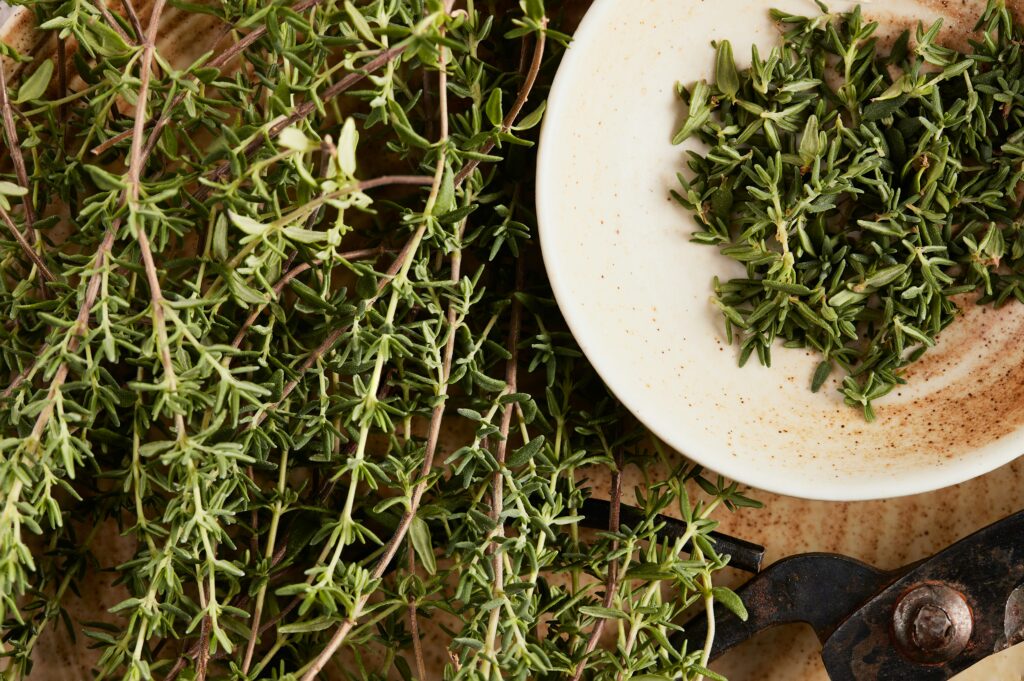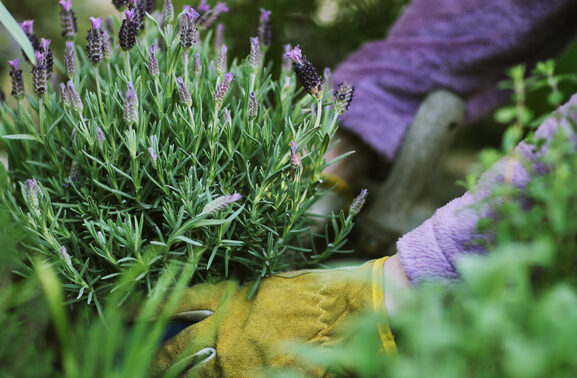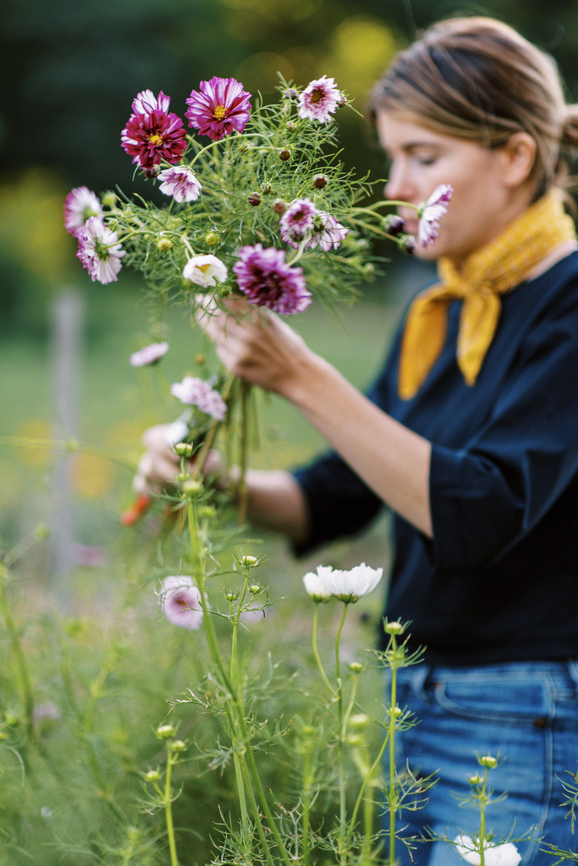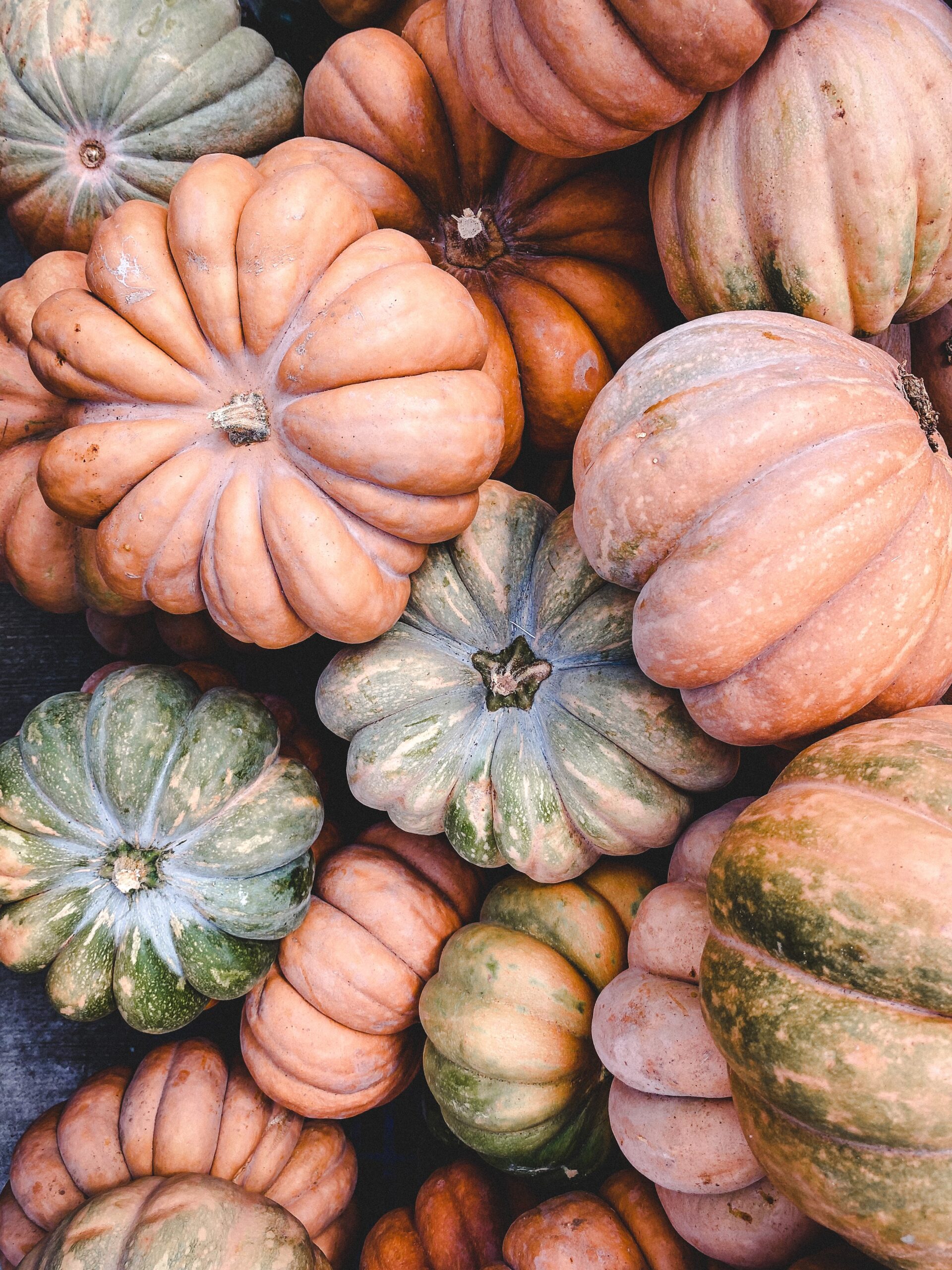Often, herb gardens tend to be directly associated with culinary endeavours. We use herbs to enhance flavours and aromas, while adding depth and complexity to various dishes. Many people don’t realize that the value of herbs evidently extends past just the kitchen, they can heal. A small herb garden can act like your very own natural medicine cabinet. The rise of synthetics in medicine, means that over time healing herbs slowly lost much of their popularity. Now, however, with a movement toward a nature-centered ideology, people want to return to the roots of natural healing. Simple herbs, grown by your own two hands are a beautiful alternative and one that isn’t difficult or expensive to do. The best part? You can strategize what you grow based on your own particular needs.
Healing Herbs to Grow
For many of our common ailments, you’ll likely be able to find a herb to help. Just like with many other types of gardening, regardless of your space or lack thereof, herbs can be accomodating, growing well in gardens and containers alike. Here are a few of our favourites for consideration:
Mint
In this category we focus on two species: spearmint and peppermint. The former can aid in digestion by relaxing your GI tract, easing hiccups and nausea. Spearmint tends to be a gentler healing herb, a sedative rich in antioxidants positively balancing hormones and reducing inflammation. Peppermint on the other hand is considered more of a stimulant, it can relieve indigestion, bloating and various stomach upsets. It has a naturally sweet taste, plus it’s caffeine free.
In the Garden
Mint should never be planted directly in the ground as it can be a very aggressive spreader. Instead, look to planting in large containers. We recommend growing both kinds in deep containers to create your very own blend of mint. Mints in general need plenty of water throughout the season to grow consistently and well.
How to Use Mint
Strip 5-7 leaves, from the bottom, add to boiling water and steep until leaves have yellowed. Add a touch of honey for the perfect after-meal digestive aid.
Lavender
After busy and stressful days, we look to lavender’s calming and mildly sedative properties. With a positive impact on the nervous systems paired with the ability to reduce restlessness, lavender is a companion to a deep and good night’s rest. It can also be made into an oil at home by infusing dried leaves into a carrier oil like jojoba or avocado oil, perfect for skin ailments and general use. Note this is difference than an essential oil which requires a distillation process.
In the Garden
In Zones 5-9 lavender grows as a perennial. For lower zones (4-5) it is a good idea to burlap in the winter for added protection however. When the flowers are a deep purple, but just before they open, it’s time to harvest. Cut the stalks, bundle and hang to dry for several weeks. Once dry, gently remove all flowers with your hands. Store in airtight containers. Following each flowering in the summer, be sure to prune the plant down into a tight ball. This encourages abundant flowering for the following year.
How to Use Lavender
Add flowers directly to a bath for an end of the day soak or pack into sachets for easier clean up. These sachets can also be tucked under pillows or near beds for their relaxing scent-therapy. Add flower buds to boiling water, with sweetener for a warm and healing cup of tisane.
Thyme
This healing herb is a popular choice for cooking, but many people don’t know of its medicinal properties. Thyme’s antimicrobial and antifungal activities can assist with a range of afflictions from coughs, infections, inflammation and even high blood pressure. Furthermore, thyme is said to increase circulation, gut health and improve overall mood.
In the Garden
Hardy to zone 4, thyme is an unproblematic plant to grow. Owing to its success in containers, thyme can be brought indoors during the winter months. Drought tolerant and sun-loving, this delicious aromatic prefers to be pruned regularly to promote new growth. The latter point making it ideal for continuous harvesting. When trimming, always aim for about 1/3 to 1/2 of the stem for best, long-term results.
How to Use Thyme
Prepare one tablespoon of freshly chopped leaves with boiling water, let steep for about 10 minutes. You can enjoy this tisane several times throughout the day.
Julie notes: Consider making a tea by pairing both thyme and mint. It’s a bit of an unexpected pairing but surprisingly delectable.

As you research and curate your very own medicine cabinet filled with healing herbs, look forward to a future installment of the Wild Blog where we share container recipes of our beloved combinations. P.s., if you don’t already, be sure to follow us on Instagram and Pinterest!
The information provided in this post is for general informational and educational purposes only. It is not intended to be a substitute for professional medical advice, diagnosis, or treatment. Always seek the advice of your physician or other qualified healthcare provider with any questions you may have regarding a medical condition or treatment with healing herbs or any other natural products, especially if you’re pregnant, breastfeeding or on any kind of medication(s).





